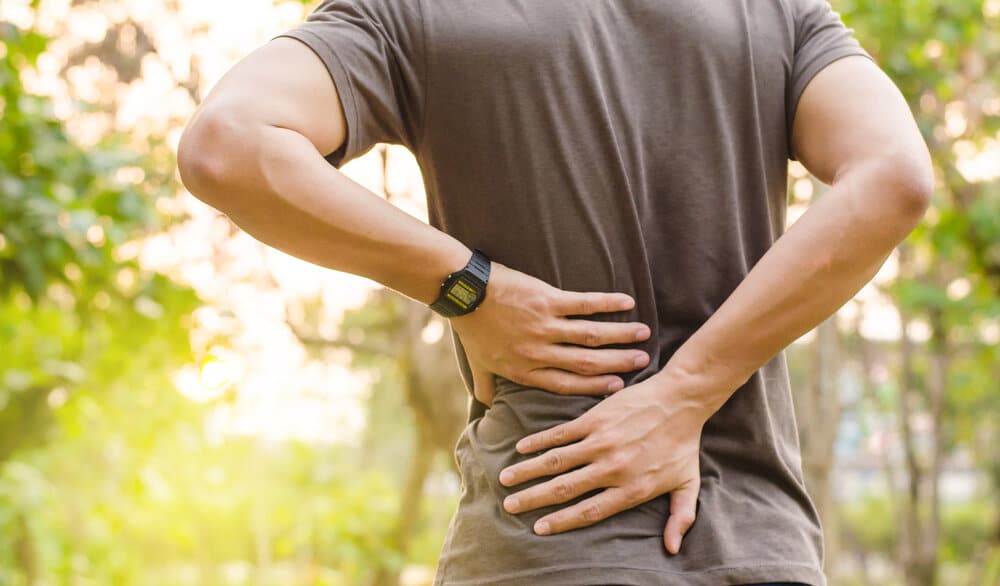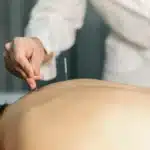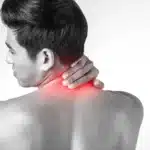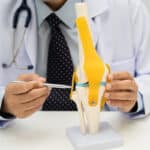
Persons with recurrent or persistent episodes of lower back pain should consider walking as a form of exercise that has little effect. Long-term aerobic exercise has shown that low back pain is minimized. Nonetheless, some activities for people with low back pain are often too difficult to continue, and therefore, they do not get the exercise required to maintain good health. Exercise is one way to take advantage of regular exercise without aggravating the structures in the lower back.
Walking will not exacerbate or cause too much pain to bear in some back conditions. Another low-impact exercise, especially water therapy (pool therapy such as aqua-jogging or aerobics in deep water), may be recommended for these patients by back doctors. The growth of the body decreases pressure on the lower back and allows for painless movement.
Benefits of Walking
-
Strengthens the foot, knee, hip, and abdominal muscles. Walking strengthens the flexibility of the spine and stimulates the muscles that keep the body upright.
-
Nutrition of the spinal structures. Training makes it easy to breathe, transfer nutrients into soft tissues, and drain contaminants.
-
Enhance flexibility and posture. Exercise alongside regular exercise encourages more movement; it helps prevent uncomfortable movements and the severity of potential injuries.
-
Strengthens bones and prevents loss of bone density regular exercise walking help to prevent osteoporosis and can help reduce osteoarthritis pain.
-
Help with weight control exercise helps maintain a healthy weight, especially as age and metabolism slows.
-
Blood flow increases. Decreased physical activity can reduce the blood vessels of your backbone and blood flow to the backbone. Walking helps to expand blood vessels and increase the supply of these muscles with oxygen and nutrients.
-
Flush toxins out. When muscles contract and expand, they produce physiological toxins. Over time, these toxins may build up and cause stiffness in the lower back muscle tissues. Walking helps to wash these toxins out and increases flexibility.
Lower Back Flexibility
Failure to exercise can make muscles and joints in the lower back and hips rigid. This rigidity increases the pressure on the lower back and changes its natural curvature.
Added Health Benefits
Although walking can improve your lower back function, it also has many health benefits.
-
Reduce and/or maintain a healthy weight
-
Maintain blood pressure regulated
-
Increase total cholesterol
-
Reduce anxiety and depression
-
Reduce the risk of cardiac disease and dementia
Tips for Prevention
Your time and duration depend on your tolerance level. If you have constant lower back pain, follow these tips:
-
Start with a quick 5-10 minute walk each day and work up your way slowly. You can also use a treadmill or an elliptical machine, according to your preference.
-
If it is painful to walk daily, try walking in a shallow pool. The flooding of the water can provide ample relief to complete your walking workout.
-
Always use the right position when walking, keeping the spine bent naturally. The shoulders have to be relaxed with your head balanced (and not flexed) at the peak of your spine.
Contact Oklahoma Spine & Pain Management for a back doctor in OKC. Let us see how we can help and explore other medical ways to reduce back pain.
**Disclaimer: This content should not be considered medical advice and does not imply a doctor-patient relationship.






